Across the globe, there are thousands of wasp species — from harmless honeybees to extremely aggressive hornets capable of killing humans.
Among them, a few stand out for their immense venom toxicity, violent temperament, and deadly sting.
Here are the top 10 most venomous and dangerous wasps in the world, including: the killer bee, Asian hornet, cow horn wasp, Japanese giant hornet, landmine wasp, nocturnal hornet, golden ringed hornet, black velvet hornet, yellow-legged hornet, and black-shield hornet.
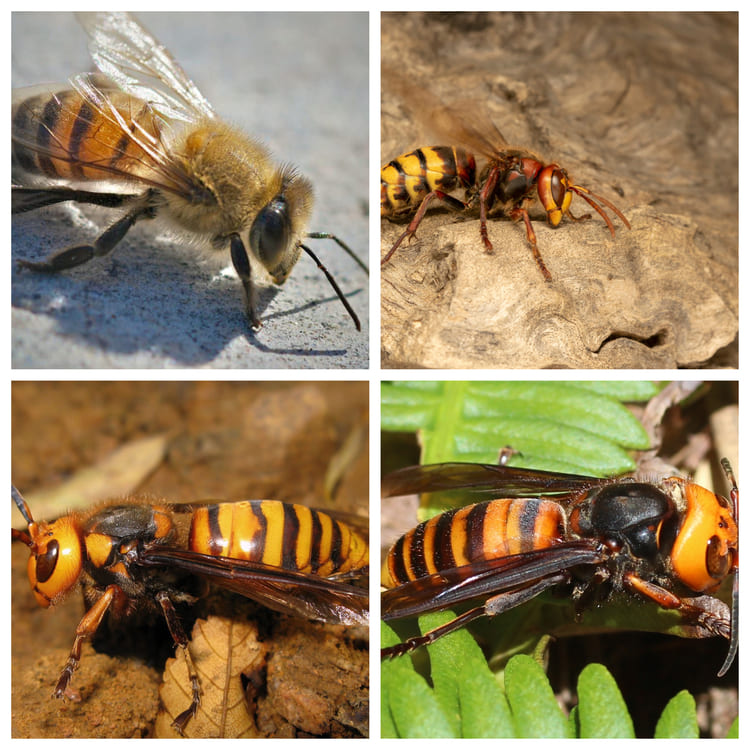
The killer bee — a hybrid between African and Brazilian honeybees — is infamous for its uncontrollable aggression.
Descended from the highly defensive African honeybee, this species will pursue intruders for kilometers once provoked.
Over a thousand deaths have been attributed to its attacks.
Its venom contains cardiotoxins that can cause headaches, vomiting, breathing difficulties, muscle spasms, and in severe cases, acute kidney failure and death.
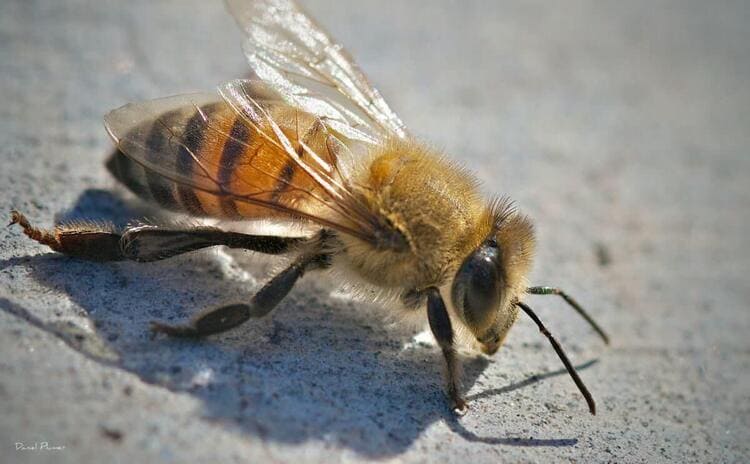
The Asian hornet, often called the “tiger-headed wasp,” is easily recognized by its black-and-yellow striped body.
It has powerful jaws and a venomous stinger connected to its abdominal glands.
The venom is a protein cocktail of amino acids that triggers pain, swelling, and allergic reactions — sometimes even anaphylactic shock.
During autumn, they become particularly active while stockpiling food for winter, which increases human encounters and attacks.
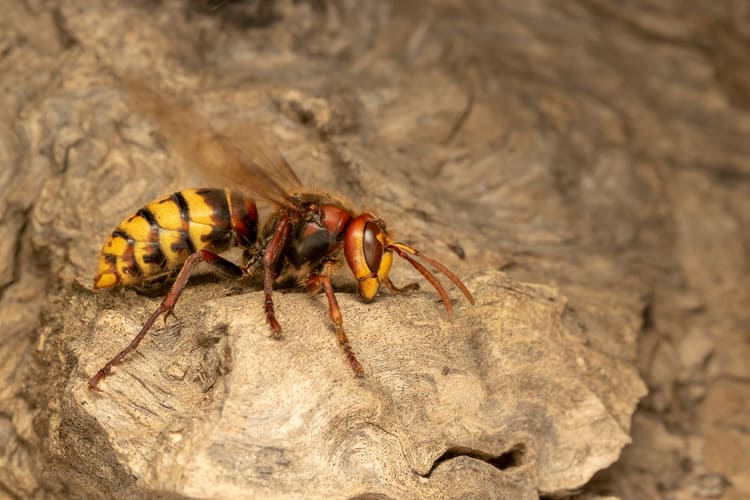
Named for its horn-like head, the cow horn wasp has a yellow head, dark-brown thorax, and a black-and-yellow abdomen ending with three stingers.
Its venom contains histamine, melittin, hyaluronidase, and kinins — compounds that cause hemolysis, bleeding, and nerve toxicity.
Though mostly defensive, it will strike back fiercely if its nest is disturbed, and multiple stings can be fatal.
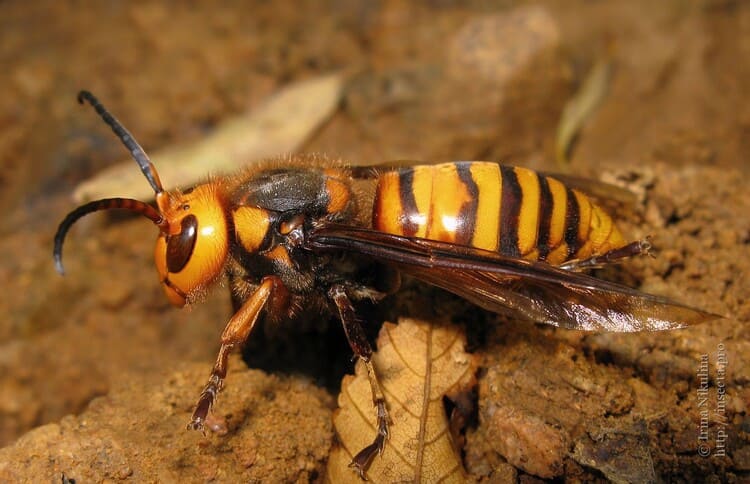
The Japanese giant hornet is the largest hornet species in the world, with stingers reaching up to 6.3 mm long.
Its venom is a potent enzyme that dissolves human tissue, earning it the nickname “the hornet from hell.”
A single sting causes searing pain, while multiple stings or allergic reactions can be deadly.
Every year in Japan, roughly 40 people die from encounters with this massive predator.
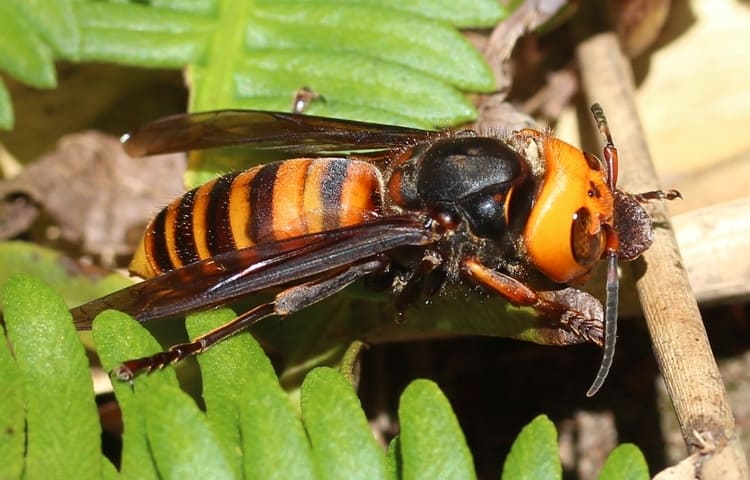
The landmine wasp, about 3–5 cm long with a yellowish-brown body, gets its name from the “explosive” pain caused by its sting.
The wound often looks as if it has been blasted open — raw, bleeding, and intensely painful.
Within minutes, victims may experience dizziness, numbness, and blackouts, followed by several hours of unbearable pain.
Two or three stings can be life-threatening.
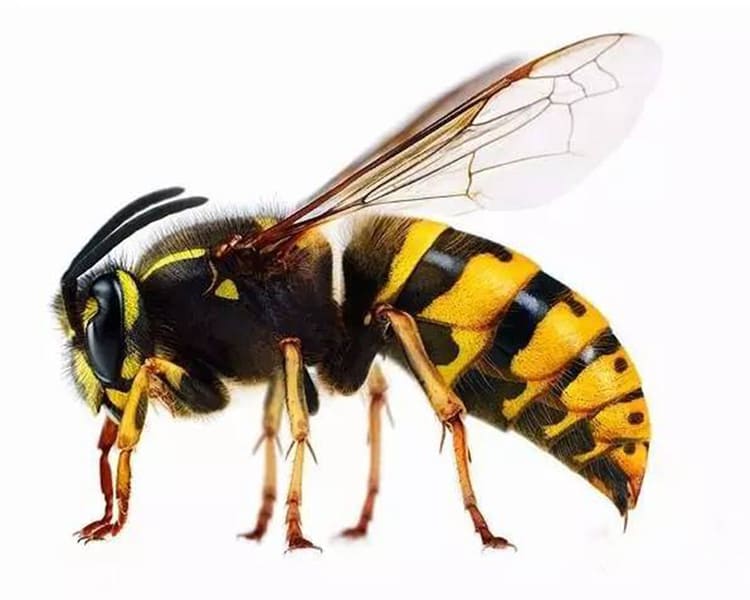
Known locally as the “night hornet,” this species inhabits dense mountain forests at altitudes between 1,500 and 2,500 meters.
Covered in long dark hair, it is one of the most aggressive and venomous hornets known.
Its venom surpasses even that of the golden ringed hornet in toxicity, and although mainly nocturnal, it will launch coordinated daytime attacks if its nest is disturbed — chasing intruders for tens of meters.
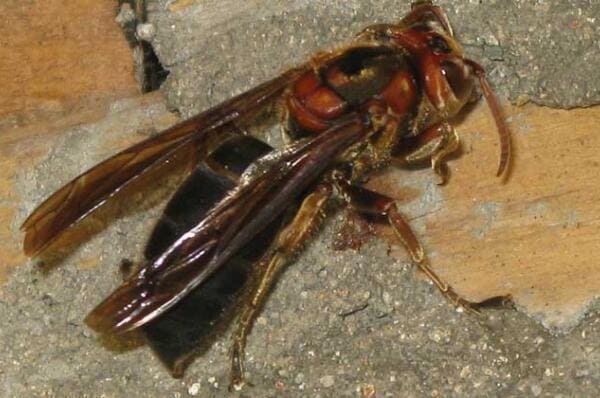
Also called the Chinese giant hornet or “human-head wasp,” this is one of the largest and deadliest hornets on Earth.
Its 6 mm stinger delivers venom rich in mastoparans and melittin peptides, which cause massive tissue necrosis and kidney failure.
Just twenty simultaneous stings from this species can kill a person.
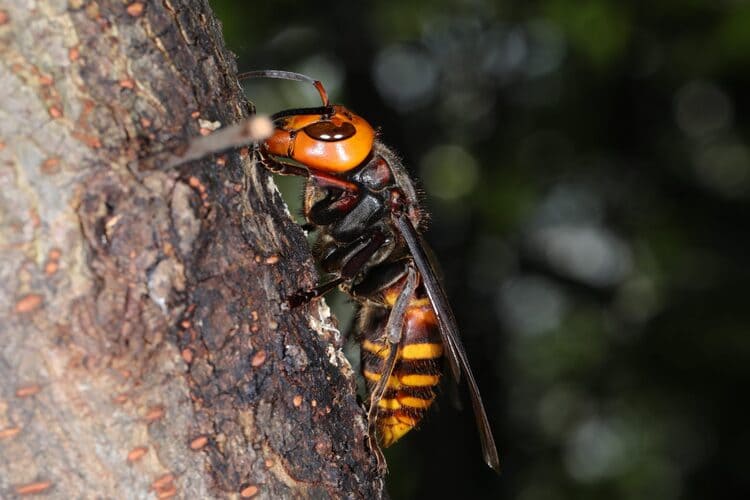
The black velvet hornet, also known as the black-bellied hornet, has a red-black thorax, deep black abdomen, and thick body hair.
It ranks among the top three most toxic hornets (after the golden ringed and nocturnal hornets).
Its venom induces hemolysis, bleeding, and nerve damage; stings cause rapid swelling and intense pain, and severe cases may lead to kidney failure or shock.
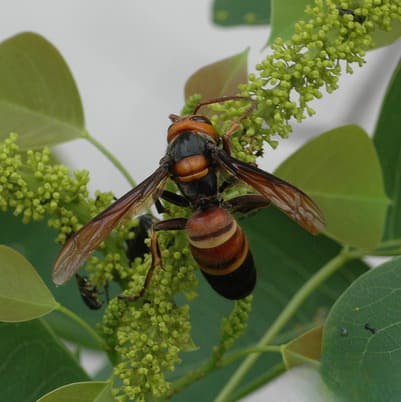
This large hornet species — also known as the red-tailed or black-chested hornet — is one of the most aggressive insects in Asia.
It has an exceptionally strong nest-defense instinct: once it senses a threat, the entire colony will attack and pursue relentlessly.
Though ranked slightly below other hornets in toxicity, its venom can still cause fatal reactions, especially in allergic individuals.
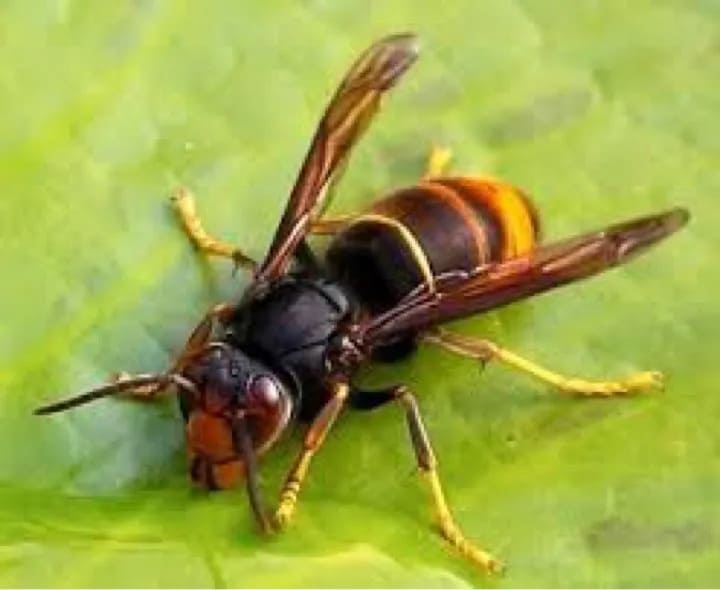
The black-shield hornet can be identified by its solid black thoracic shield and bright yellow abdomen.
Its venom potency is comparable to that of the yellow-legged hornet.
Stings cause sharp pain, swelling, itching, and in severe cases, difficulty breathing, dizziness, and acute kidney failure.
Even a single sting can be serious for sensitive individuals.
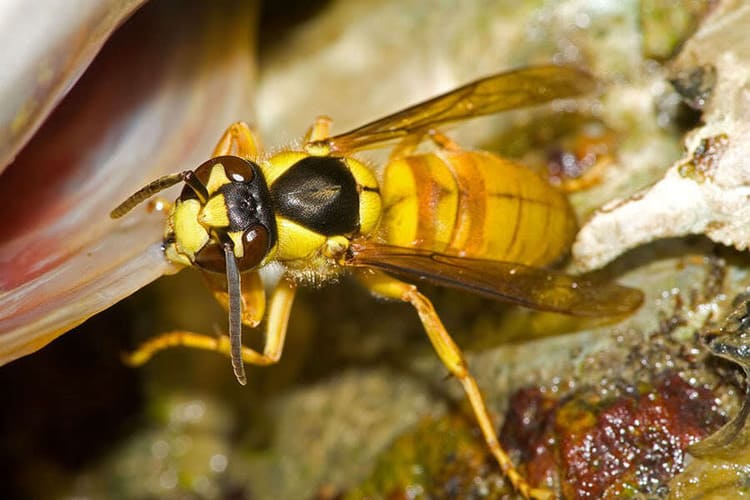
This ranking of the world’s most venomous wasps is based on combined factors such as toxicity, aggression level, and recorded human fatalities.
While these insects are dangerous, they also play vital roles in nature — pollination, pest control, and ecosystem balance.
All data are compiled from entomological and public sources up to October 13, 2025, and are intended for educational reference only.
If you have more insights or field observations, feel free to share your thoughts in the comments below.
animal tags: bees
We created this article in conjunction with AI technology, then made sure it was fact-checked and edited by a Animals Top editor.